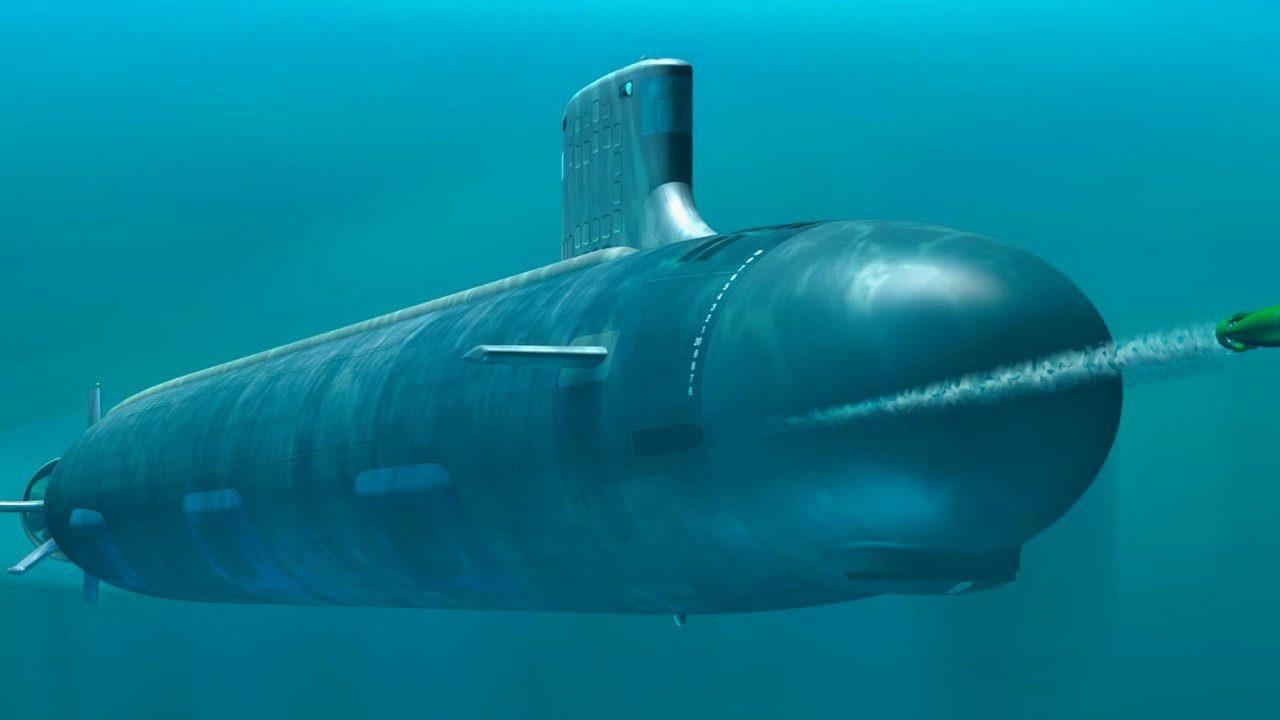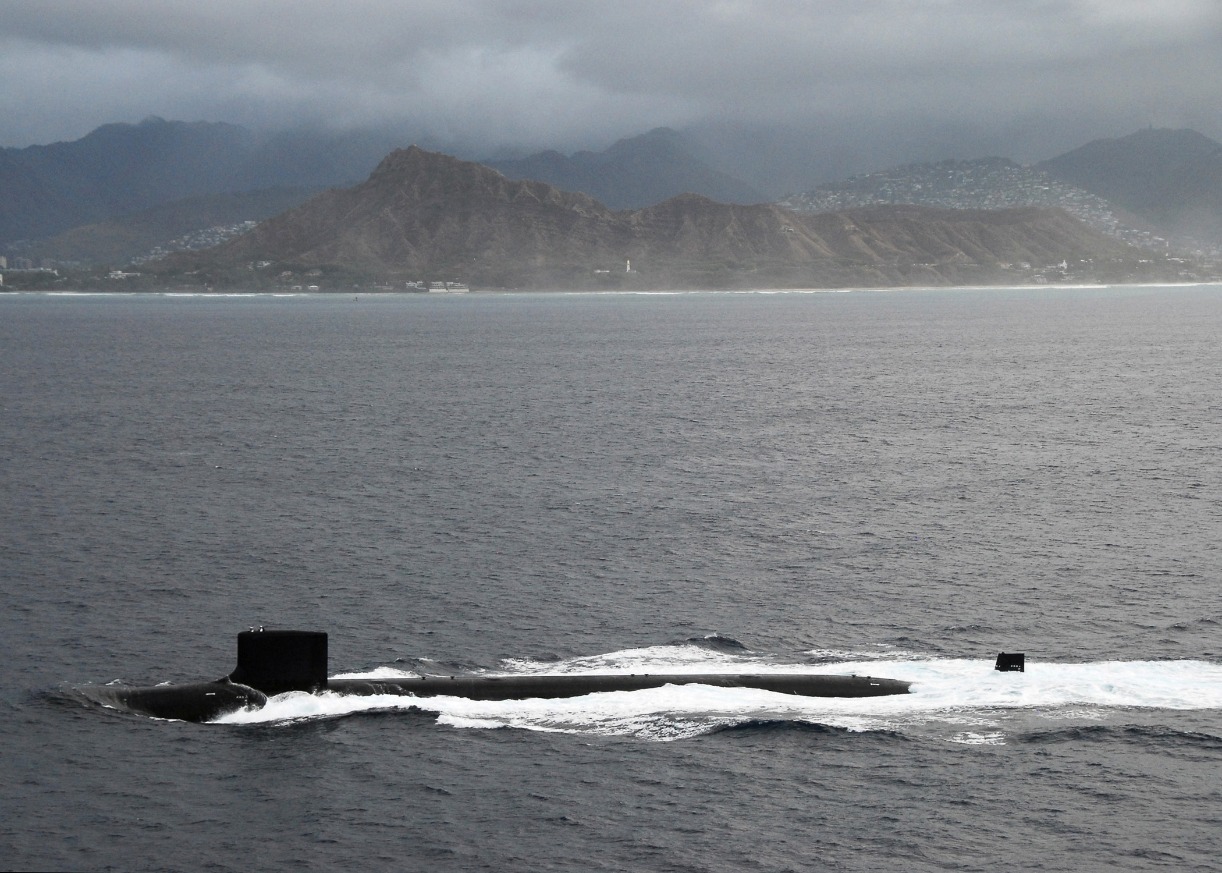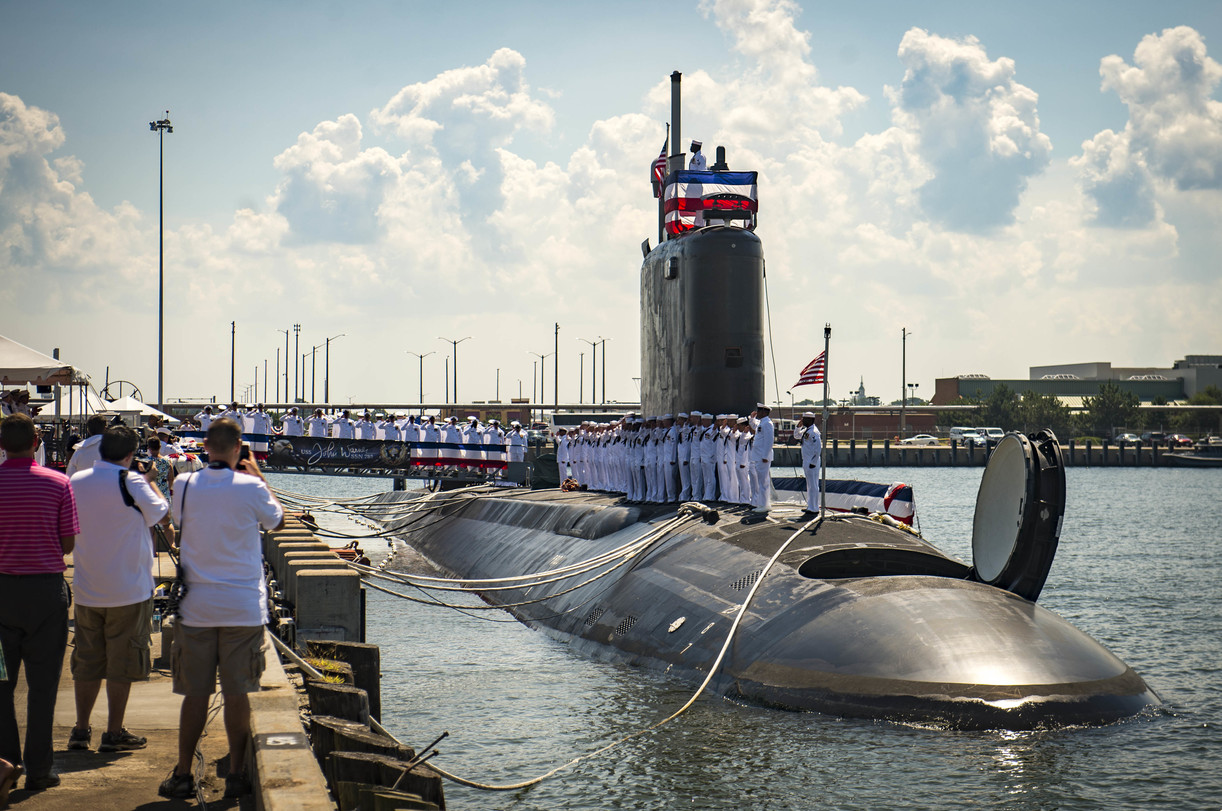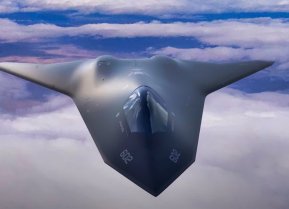The U.S. Navy's SSN(X) Nightmare Is Just Getting Started
The U.S. Navy will delay funding for its next-generation F/A-XX fighter jet and SSN(X) attack submarine projects, prioritizing current and near-term operations.
Summary: The U.S. Navy will delay funding for its next-generation F/A-XX fighter jet and SSN(X) attack submarine projects, prioritizing current and near-term operations. Navy Undersecretary Erik Raven emphasized the need to focus on readiness, personnel, and undersea capabilities over future modernization.

Key Points:
-The SSN(X), expected to be the world's best submarine, will now debut in the early 2040s, a decade later than planned.
-Designed for superior speed, stealth, and payload capacity, the SSN(X) will enhance the Navy's undersea warfare capabilities. Despite China's advances, the U.S. prioritizes maintaining operational readiness and expanding its current fleet of Virginia-class submarines.
Future Submarine SSN(X) Delayed: What It Means for U.S. Navy
The U.S. Navy will cut spending on several of its next-generation projects for Fiscal Year 2025. According to the service, the F/A-XX fighter jet concept and the SSN(X) attack submarine are being pushed aside in favor of current and near-term operations. In fact, a Navy spokesperson said that the Virginia-class attack submarine’s replacement is now planned to operate in the early 2040s, one whole decade later than previously planned.
Navy Undersecretary Erik Raven discussed the service’s recent budget request in March, saying that, “(The Navy’s) guidance directs us to take risks in future modernization when there are hard choices to be made. If you look at F/A-XX, or the other X [next-generation] programs, we knowingly took risk in the schedule for development of those programs in order to prioritize those key investments — whether that’s readiness, or investing in our people, or undersea, to make sure that we make those programs whole.”
What We Know About the SSN(X) Program and Why It Matters
While the Navy’s SSN(X) won’t be prioritized over the next few years, the next-generation submarine is expected to be the world’s best once it is introduced. The service first disclosed the existence of the SSN(X) program in 2014. The submarine will be designed for greater transit speed under increased stealth conditions, instead of for multimission dominance in the littoral. The new subs will arm a greater array of weapons and diverse payloads.
Specifically, the Navy said in a statement, “SSN(X) will be designed to counter the growing threat posed by near peer adversary competition for undersea supremacy. It will provide greater speed, increased horizontal payload capacity, improved acoustic superiority, and higher operational availability. SSN(X) will conduct full spectrum undersea warfare and be able to coordinate with a larger contingent of off-hull vehicles, sensors, and friendly forces. It will retain and improve multi-mission ... capability and sustained combat presence in denied waters.”
The Virginia-Class Submarines Are Vital
Since the late 1990s, the Navy has steadily procured a fleet of Virginia-class submarines at a rate of two boats per year. They are the first submarines the Navy developed using aids such as the 3D visualization technology CATIA, which consists of computer-aided engineering, computer-aided design, computer-aided manufacturing and product lifecycle management.

The latest Virginia-class Block V iterations are being designed with the Virginia Payload Module and cost roughly $4.3 billion per ship.
How Necessary Are Next-Gen Submarines Like SSN(X)?
China may be catching up to the U.S. in terms of advanced fighter platforms and stealth bombers, but Beijing has failed to produce higher-quality nuclear submarines. With this edge in mind, Washington has every reason to prioritize the development and expansion of these critical vessels.
The aircraft carrier is the dominant naval asset, and it has been since the Second World War. The U.S. currently operates 11 of these floating airbases, and it is now building its Ford-class ships, the most advanced carriers yet.
Still, submarines would play an important role in any future combat operation against the People’s Liberation Army Navy in the South China Sea.
Submarines are stealthy, maneuverable, and highly deadly. They can carry nuclear and non-nuclear weapons alike. The Navy’s eventual SSN(X) vessels will only add to the service’s diverse, lethal arsenal of sea-based weapons. They are a much-needed asset, considering the Navy is only projected to possess a fleet of 46 fast-attack submarines over the next five years.

If the upcoming submarines feature the speed and payload of Seawolf-class ships, the acoustic quietness and sensors of Virginia-class ships, and the operational availability of Columbia-class ships, like the service plans, the U.S. will be well-positioned to dominate in the Indo-Pacific if a war with China comes to fruition.
About the Author: Maya Carlin
Maya Carlin, National Security Writer with The National Interest, is an analyst with the Center for Security Policy and a former Anna Sobol Levy Fellow at IDC Herzliya in Israel. She has by-lines in many publications, including The National Interest, Jerusalem Post, and Times of Israel. You can follow her on Twitter: @MayaCarlin.
All images are Creative Commons.


